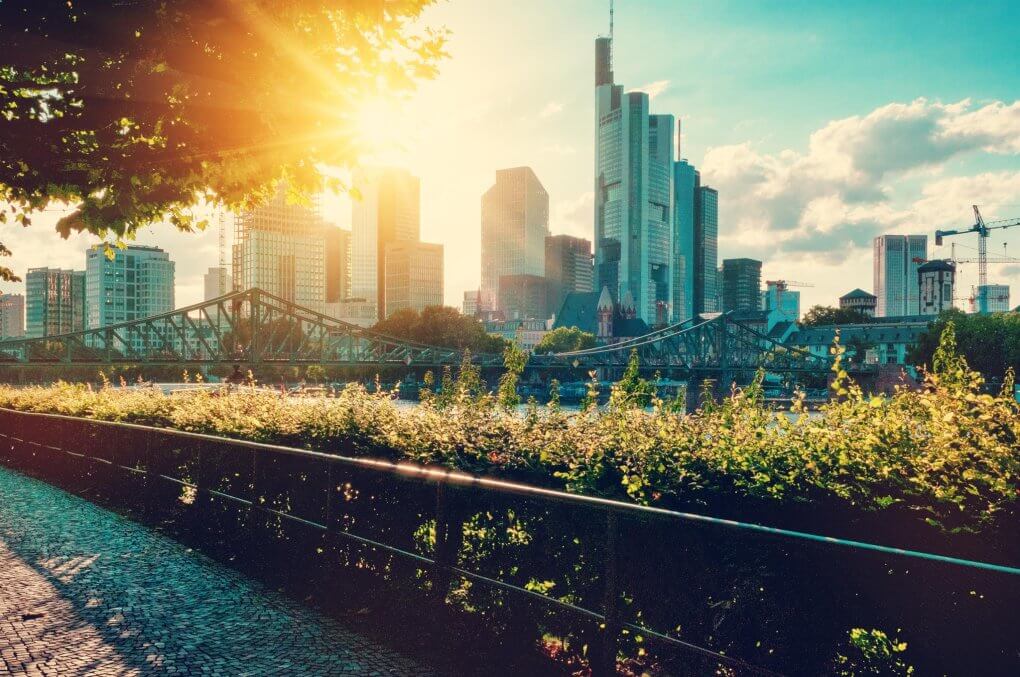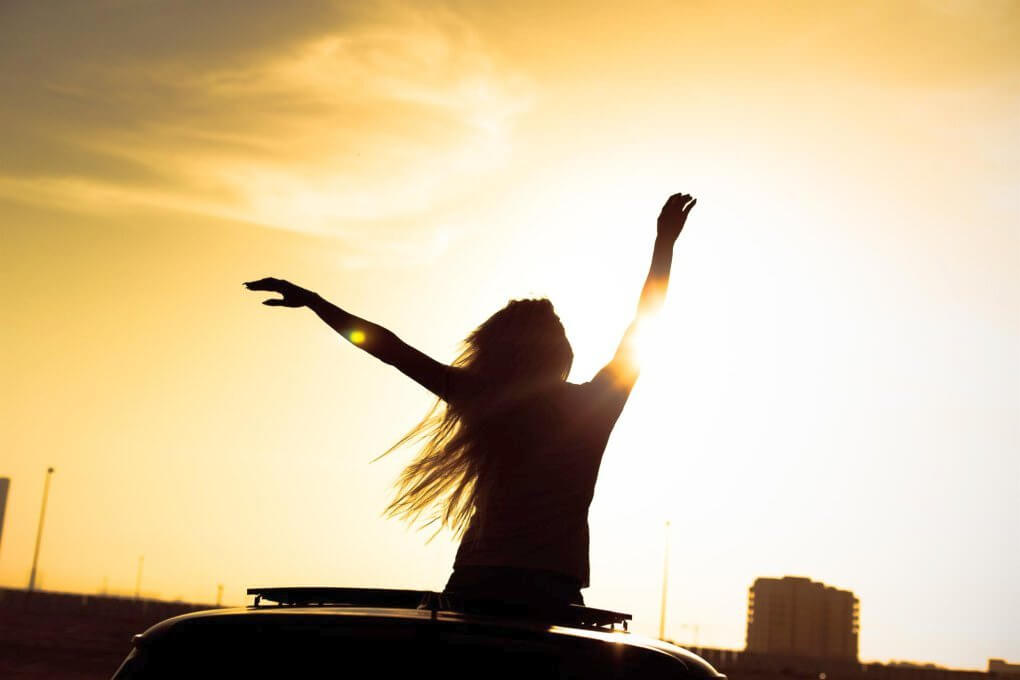
How to create backlit photographs
Taking photos with a strong backlight can create fantastic shots. Sunlight makes the person in the picture glow and it also creates a unique effect. However, taking photos in direct light can cause some difficulties. We will show you how to take a perfect photo in strong light.
Choosing the best time
Morning or evening are the best times to shoot using sunlight. Sunrise or sunset creates a low light that illuminates the person being photographed beautifully from behind. In addition, the warm light gives your pictures a nice added touch. Backlit photography is also easier in the winter months when the lighting conditions can often be rather poor.

It is best to avoid taking photos in the midday sun. The pictures can easily become overexposed since the sun is very bright at this time of day and it shines on the person being photographed from above. This often makes the person in the photo difficult to recognise. In a portrait photo, the strong exposure also causes shadows to appear under the person’s eyes or nose.
Optimal exposure with the right equipment
If the sunlight enters the lens from the side, it can often create aperture spots, which are also called lens flares. They are visible in finished photos as milky spots or small circles of light. On the one hand, they can create a lovely effect, but on the other hand, they can quickly become a nuisance and distract from motif in the photo.
To avoid lens flares, you can use a lens hood or lens shade. Simply place this on the lens and the sunlight will be blocked from entering from the side. Alternatively, you can shield the lens with your hand or a cardboard box.
Getting the correct exposure is another important factor when taking photos in a strong backlight. The exposure can be set on the camera using a small button marked with a “+/-“ sign. This is how you can select how light or dark the exposure on photos should be. However, the entire photo is affected by the exposure and not only the brightest area. A reflector is more suitable for minimising any exposure as it brightens up the picture similar to using a flash. As the name suggests, it reflects light onto the person being photographed. A reflector has a white and a silver side. The white side makes it slightly brighter. The silver side, on the other hand, reflects more light onto the person in the photo.

The correct camera settings
When taking backlit pictures its best not to rely on the camera's automatic settings. Instead, shoot in manual mode. This makes it easier to adjust the camera depending on where the picture is being taken.
When working in very light conditions, you should not set the ISO value too high. A good place to start is ISO 100 and depending on the lighting conditions, you can set the value higher or lower. The bright light should also be restricted to the sensor, so it is best to work with a medium aperture setting such as f/8.
Furthermore, when taking photos facing the sun, you should switch off the automatic white balance and use spot metering instead of the usual multi-segment metering. By using spot metering, you point your camera at the dark area in the picture. The camera detects that this part of the picture should be correctly exposed. If you want to use strong light conditions to photograph silhouettes, point the camera at the bright areas in the picture using spot metering.

After you have taken a photo, you should immediately check the lighting conditions. If in doubt, you can adjust the exposure. Alternatively, you can take a series of exposures and then select the best pictures.
It is best to take photos in RAW format. This requires a lot of storage space, but it really pays off because there is a big difference in brightness in backlight photography that you can only capture completely in RAW format. It is also easier to edit the images afterwards. If you prefer not to edit afterwards, you should stick to JPEG format.
Conclusion
Taking photos against the light can cause unwanted image spots or sharp edges. By choosing the right time of day and correcting the light with a few tools, you can easily master taking photos facing the sun. With the help of some fine-tuning on your camera, you can take a wonderful photo with an artistic effect in no time at all.
